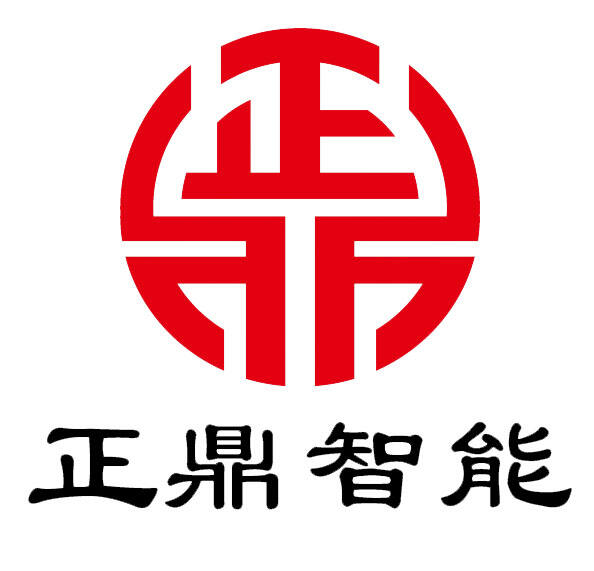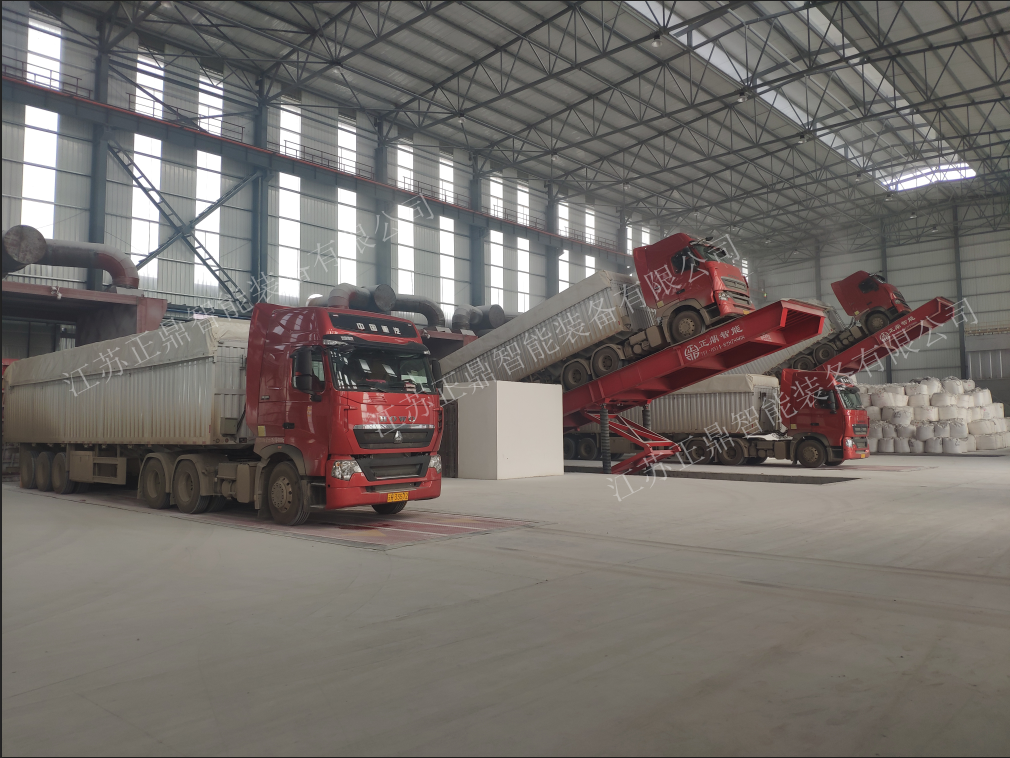Investiční rozhodnutí týkající se stavebního a těžebního zařízení vyžadují pečlivou finanční analýzu, aby bylo zajištěno optimální využití návratnosti a provozní efektivity. Běžný samojízdný nakladač s zadním vyklápěním představuje základní těžké zařízení, které slouží jako základní pilíř manipulace s materiálem ve různých odvětvích. Pochopení komplexní cenové struktury spojené s těmito vozidly umožňuje podnikům dělat informovaná nákupní rozhodnutí, která odpovídají jejich provozním požadavkům a rozpočtovým omezením. Finanční plánování takového zařízení zahrnuje vyhodnocení počátečních kapitálových výdajů, průběžných provozních nákladů, nároků na údržbu a potenciální prodejní hodnoty během celé životnosti zařízení.

Aspekty počáteční investice
Faktory ovlivňující nákupní cenu
Pořizovací cena běžného nákladního auta s hydraulickým naklápěním se výrazně liší v závislosti na několika rozhodujících faktorech, jako je nosnost, technické parametry motoru a renomé výrobce. Nové zařízení obvykle představuje investici od střední do vysoké úrovně, a to v závislosti na konkrétních provozních požadavcích. Nosnost je hlavním faktorem ovlivňujícím cenu, přičemž modely s vyšší nosností mají vyšší ceny díky pokročilejšímu konstrukčnímu řešení a výkonnějším komponentům pohonu. Technické parametry motoru přímo ovlivňují jak počáteční náklady, tak dlouhodobou provozní efektivitu, což činí tento výběr klíčovým pro optimalizaci celkové investice.
Reputace výrobce a kvalita výstavby výrazně ovlivňují cenové struktury na trhu se samojízdnými nakladači. Uznávané značky často vyžadují vyšší počáteční investici, ale nabízejí lepší spolehlivost, rozsáhlou síť prodejců a komplexní záruční krytí. Regionální dostupnost a místní sítě servisní podpory také ovlivňují ceny, protože náklady na dopravu a přístupnost servisu přispívají k celkovým nákladům vlastnictví. Při hodnocení různých možností výrobců musí kupující vyvážit počáteční kapitálové náklady vůči očekávané provozní výkonnosti a dlouhodobé spolehlivosti.
Finanční možnosti a podmínky
Financování zařízení představuje různé možnosti pro získání běžného zadního dumperu pro nákladní automobily bez vyčerpání rezerv provozního kapitálu. Tradiční bankovní půjčky nabízejí konkurenceschopné úrokové sazby pro kvalifikované kupující se silným úvěrovým profilem a zavedenou obchodní historií. Programy financování specifických zařízení prostřednictvím výrobců nebo specializovaných věřitelů často poskytují atraktivní podmínky včetně sezónních platebních struktur, které jsou sladěny s obchodními vzory peněžních toků. Smlouvy o pronájmu představují alternativní metody akvizice, které zachovávají kapitál a zároveň poskytují přístup k současné technologii a zařízení.
Požadavky na zálohu se obvykle pohybují v rozmezí od minimálních do značných procentních podílů z celkových nákladů na zařízení v závislosti na úvěrové bonitě a zvolené strukturě financování. Dlouhodobější podmínky financování snižují měsíční platební povinnosti, ale zvyšují celkové úrokové náklady během doby trvání půjčky. Kupující by měli při výběru podmínek financování pečlivě vyhodnotit své prognózy peněžních toků a plány růstu podnikání, aby zajistili, že platební závazky zůstávají zvládnutelné i v průběhu hospodářských výkyvů.
Analýza provozních nákladů
Spotřeba paliva a účinnost
Náklady na palivo představují jeden z nejvýznamnějších běžných výdajů spojených s běžnou provozní činností zadních dumperů nákladních vozidel. Moderní nákladní automobily s odpadovými nákladními vozidly vykazují různé úrovně účinnosti paliva na základě technologie motoru, provozních postupů a kvality údržby. Spotřeba nafty je obvykle v korelaci s kapacitou užitečného zatížení a provozní intenzitou, což vyžaduje pečlivé sledování s cílem optimalizovat nákladovou efektivitu. Při výpočtu dlouhodobých provozních rozpočtů musí správci vozových parků zohlednit současné ceny paliva a předpokládané trendy na trhu.
Školení obsluhy výrazně ovlivňuje spotřebu paliva a celkovou provozní efektivitu. Zkušení operátoři, kteří znají optimální techniky řazení, postupy při nakládání a plánování tras, mohou snížit spotřebu paliva významným způsobem. Pravidelné sledování metrik palivové účinnosti umožňuje vedoucím vozového parku identifikovat příležitosti ke zlepšení a uplatnit nápravná opatření, pokud spotřeba překračuje očekávané hodnoty. Palivově účinné provozní postupy nejen snižují náklady, ale také minimalizují dopad na životní prostředí a prodlužují životnost motoru.
Požadavky na údržbu a servis
Preventivní programy údržby tvoří základ nákladově efektivního provozu nákladních vozidel s hydraulickým vyklápěním. Pravidelné servisní intervaly, včetně výměny oleje, filtrů a kontrol jednotlivých komponent, předcházejí nákladným opravám a prodlužují životnost zařízení. Plánování údržby musí brát v úvahu intenzitu provozu, prostředí a doporučení výrobce, aby byla maximalizována dostupnost zařízení a minimalizovány nečekané výpadky. Náklady na servis se liší v závislosti na cenách dealerů, dostupnosti náhradních dílů a složitosti požadované práce.
Plány výměny hlavních komponent vyžadují předběžné plánování a alokaci rozpočtu, aby se předešlo provozním výpadkům. Přestavby převodovek, opravy motorů a údržba hydraulických systémů představují významné pravidelné náklady, které je nutné zahrnout do dlouhodobého finančního plánování. Vytváření vztahů s kvalifikovanými servisními poskytovateli a udržování dostatečného množství náhradních dílů pomáhá minimalizovat náklady na údržbu a snižovat výpadek zařízení během servisních intervalů.
Metriky ROI a finančního výkonu
Potenciál generování příjmů
Kapacita generování příjmů jednoho obvyklý vysypný nápravový náklaďák závisí na využití, sazbách za hodinu práce a úrovních provozní efektivity. Stavební a těžební projekty obvykle poskytují stabilní pracovní příležitosti pro dobře udržovanou techniku s konkurenceschopnými provozními schopnostmi. Sazby za hodinové pronájmy se liší podle geografické oblasti a tržní poptávky, což vyžaduje pečlivou analýzu trhu za účelem stanovení realistických odhadů příjmů. Sezónní výkyvy ve stavební činnosti mohou ovlivnit míru využití a vyžadují flexibilní provozní plánování.
Smluvní příležitosti často poskytují stabilní příjmové toky pro majitele zařízení, kteří jsou ochotni zavázat se k určitým dobám trvání projektu a standardům výkonu. Dlouhodobé smlouvy mohou nabízet snížené hodinové sazby, ale poskytují zaručené využití a předvídatelnost peněžních toků. Příležitosti na okamžitém trhu mohou během období špičkové poptávky generovat vyšší sazby, ale vyžadují flexibilní plánování a schopnost rychlé reakce. Diverzifikace příjmů napříč více tržními segmenty pomáhá stabilizovat příjem a snižovat podnikatelská rizika.
Odpisy a zůstatková hodnota
Odpisování vybavení výrazně ovlivňuje celkové náklady vlastnictví u investic do běžných zadních samojízdných výklopných vozidel. Odpisové plány dle průmyslových norem poskytují vodítko pro finanční plánování a optimalizaci daňových strategií. Dobře udržované zařízení od renomovaných výrobců obvykle udržuje vyšší prodejní hodnotu ve srovnání s méně známými značkami nebo špatně udržovanými jednotkami. Poptávka po ojetém vybavení kolísá v závislosti na ekonomické situaci a dostupnosti nového vybavení.
Na prodejní hodnotu ovlivňují faktory jako stav zařízení, historie údržby, provozní hodiny a poptávka na trhu v době prodeje. Kompletní servisní záznamy a dokumentace výměn hlavních komponent zvyšují atraktivitu při prodeji a ospravedlňují vyšší ceny. Strategické načasování vyřazení zařízení může maximalizovat návratnost a současně minimalizovat další náklady na vlastnictví. Analýza trhu a profesionální ocenění pomáhají optimalizovat časování prodeje a cenové strategie.
Hodnocení a zmírňování rizik
Pojištění a pokrytí odpovědnosti
Komplexní pojištění představuje klíčovou součást běžných nákladů vlastnictví nakládacího auta s hydraulickým vyklápěním vzadu. Pojištění zařízení chrání před krádeží, poškozením a mechanickou poruchou, zatímco odpovědnostní pojištění pokrývá možné nároky třetích stran. Výše pojistného se liší podle hodnoty zařízení, provozního prostředí, bezpečnostních záznamů a výše krytí. Výše spoluúčasti přímo ovlivňuje výši pojistného a musí být vyvážena vzhledem k ochotě podstupovat rizika a schopnosti hradit náklady z běžného cash flow.
Riziko odpovědnosti ve stavebních a hornických prostředích vyžaduje pečlivé vyhodnocení a dostatečné limity krytí. Škody na majetku a nároky za újmu na zdraví mohou bez vhodné pojišťovací ochrany vést ke značným finančním ztrátám. Povinnosti v oblasti pracovního náhradního pojištění a dodržování bezpečnostních norem v odvětví ovlivňují výši pojištění a dostupnost krytí. Pravidelné bezpečnostní školení a údržba zařízení pomáhají minimalizovat nároky a mohou způsobit snížení výše pojistného.
Kolísání trhu a ekonomické faktory
Ekonomické cykly významně ovlivňují poptávku po stavebních službách a využití vybavení. Období recese obvykle snižují stavební aktivitu i sazby za pronájem vybavení, zatímco zvyšují konkurenci mezi poskytovateli služeb. Diverzifikace napříč více tržními segmenty a geografickými oblastmi pomáhá zmírnit rizika spojená s ekonomickou nestabilitou. Pružná financovací opatření a konzervativní úrovně zadlužení zajišťují finanční stabilitu v náročných ekonomických obdobích.
Výkyvy cen komodit ovlivňují jak provozní náklady, tak tržní poptávku po stavebních službách. Rostoucí ceny paliv zvyšují provozní výdaje, zatímco nárůst cen materiálů může podpořit stavební aktivitu. Sledování ekonomických ukazatelů a udržování finanční pružnosti umožňuje firmám přizpůsobit se měnícím se tržním podmínkám. Rezervy nouzových fondů a kreditní zařízení poskytují finanční polštáře v případě neočekávaných ekonomických poklesů.
Často kladené otázky
Jaké faktory nejvíce ovlivňují celkové náklady na vlastnictví běžného zadního nakládacího kamionu
Mezi nejvýznamnější nákladové faktory patří počáteční nákupní cena, spotřeba paliva, nároky na údržbu, pojistné a mzdy obsluhy. Náklady na palivo obvykle představují největší pravidelnou výdajovou položku, následované nároky na údržbu a servis. Využití zařízení přímo ovlivňuje ziskovost tím, že rozprostírá fixní náklady na větší počet výnosových hodin. Správné programy údržby pomáhají minimalizovat neočekávané náklady na opravy a prodlužují životnost zařízení, čímž zlepšují celkovou návratnost investice.
Jak mohou podniky optimalizovat finanční výkonnost svých investic do nakládacích kamionů
Strategie optimalizace zahrnují maximalizaci využití zařízení prostřednictvím rozmanitých tržních příležitostí, implementaci komplexních programů preventivní údržby, školení obsluhy pro hospodárnou spotřebu paliva a vedení podrobných provozních záznamů. Strategické časování pořízení a vyřazení zařízení může zlepšit finanční výnosy, zatímco vhodné pojištění chrání před neočekávanými ztrátami. Pravidelné sledování výkonu a analýza nákladů umožňují identifikaci příležitostí pro zlepšení a provozní úpravy.
Které financovací možnosti nabízejí nejlepší hodnotu pro pořízení běžných zadních samojízdících vysypačů?
Optimální přístup k financování závisí na individuálních podnikatelských podmínkách, včetně toku hotovosti, daňové situace a plánů růstu. Tradiční bankovní úvěry často nabízejí konkurenceschopné sazby kvalifikovaným žadatelům, zatímco financování od výrobce může poskytovat atraktivní propagační podmínky. Leasing ušetří pracovní kapitál a umožní přístup k novější technologii, ale může vést k vyšším celkovým nákladům v průběhu času. Pečlivá analýza všech dostupných možností s ohledem na celkové náklady vlastnictví pomáhá určit nejvhodnější finanční strukturu.
Kdy by měly podniky zvážit nahrazení své běžné zadní nakládací techniky pro nákladní automobily
Náhrada závisí na faktorech, jako jsou náklady na údržbu, spolehlivost, palivová účinnost a tržní poptávka po službách. Obecně by mělo být zařízení uvažováno o výměně, když roční náklady na údržbu překračují významný podíl současné tržní hodnoty jednotky, nebo když problémy se spolehlivostí ovlivňují spokojenost zákazníků. Technologické pokroky, které zlepšují palivovou účinnost nebo provozní schopnosti, mohou ospravedlnit dřívější náhradu za účelem zachování konkurenčních výhod. Tržní podmínky a dostupnost zařízení také ovlivňují optimální čas pro náhradu.
Obsah
- Aspekty počáteční investice
- Analýza provozních nákladů
- Metriky ROI a finančního výkonu
- Hodnocení a zmírňování rizik
-
Často kladené otázky
- Jaké faktory nejvíce ovlivňují celkové náklady na vlastnictví běžného zadního nakládacího kamionu
- Jak mohou podniky optimalizovat finanční výkonnost svých investic do nakládacích kamionů
- Které financovací možnosti nabízejí nejlepší hodnotu pro pořízení běžných zadních samojízdících vysypačů?
- Kdy by měly podniky zvážit nahrazení své běžné zadní nakládací techniky pro nákladní automobily

